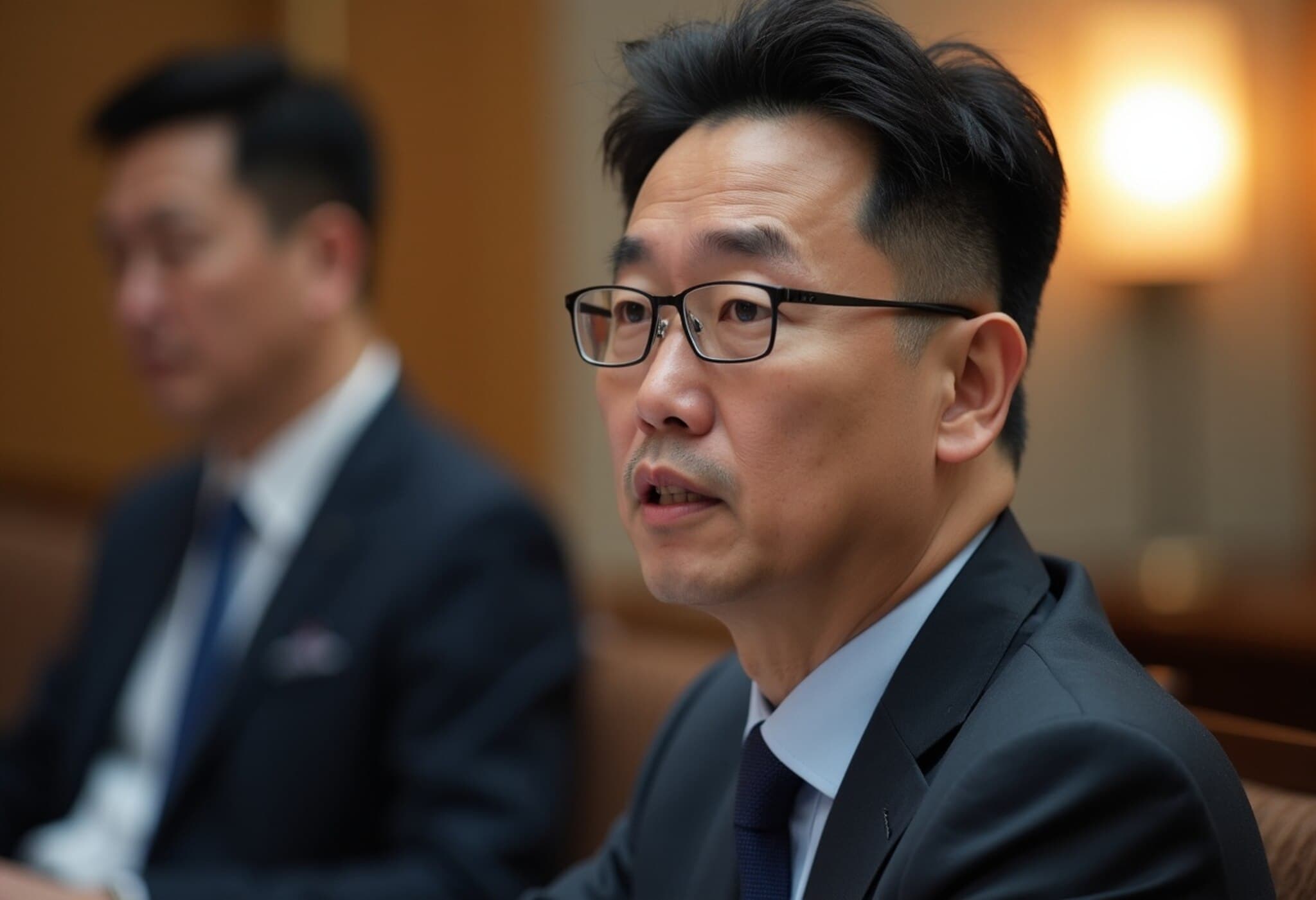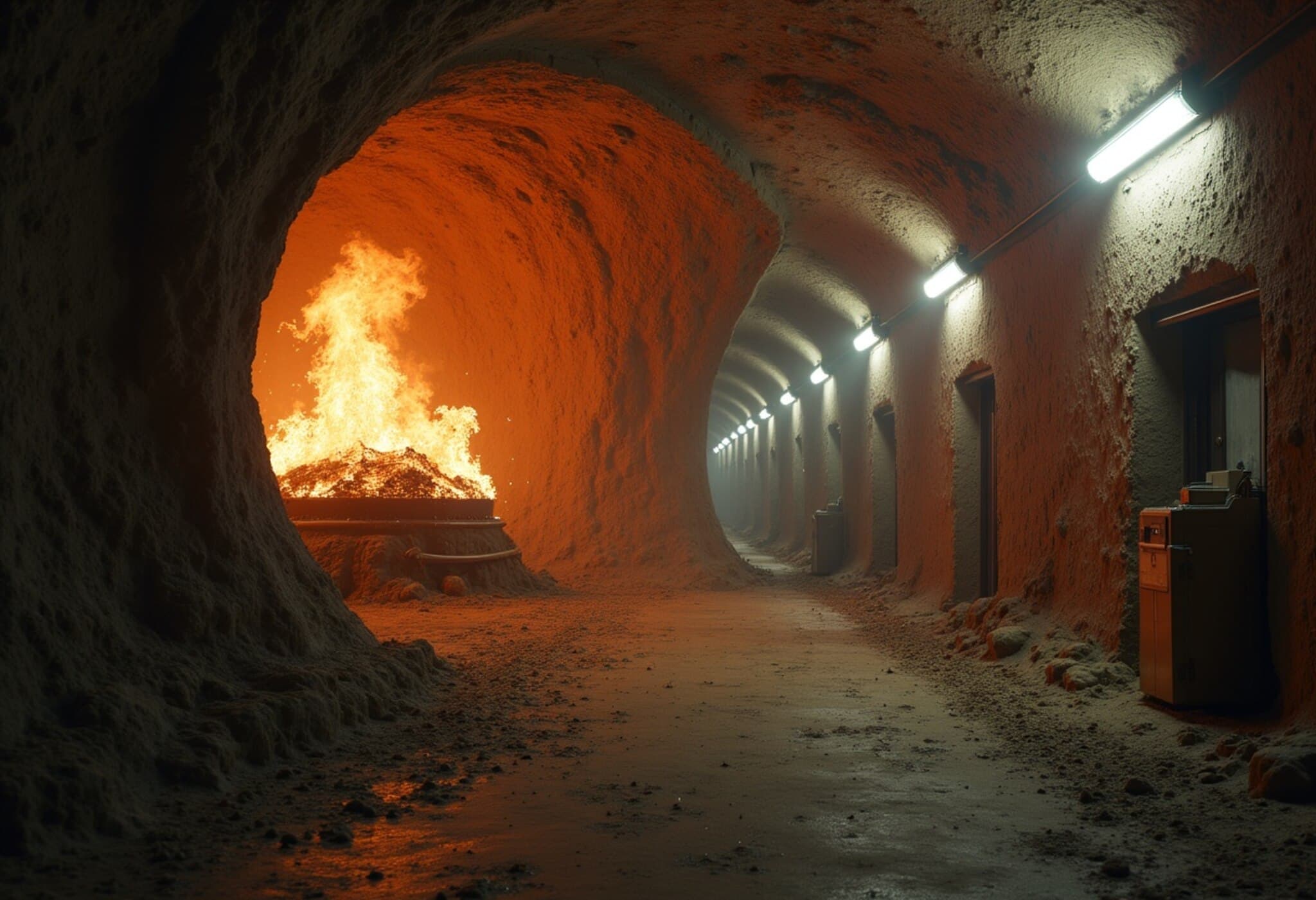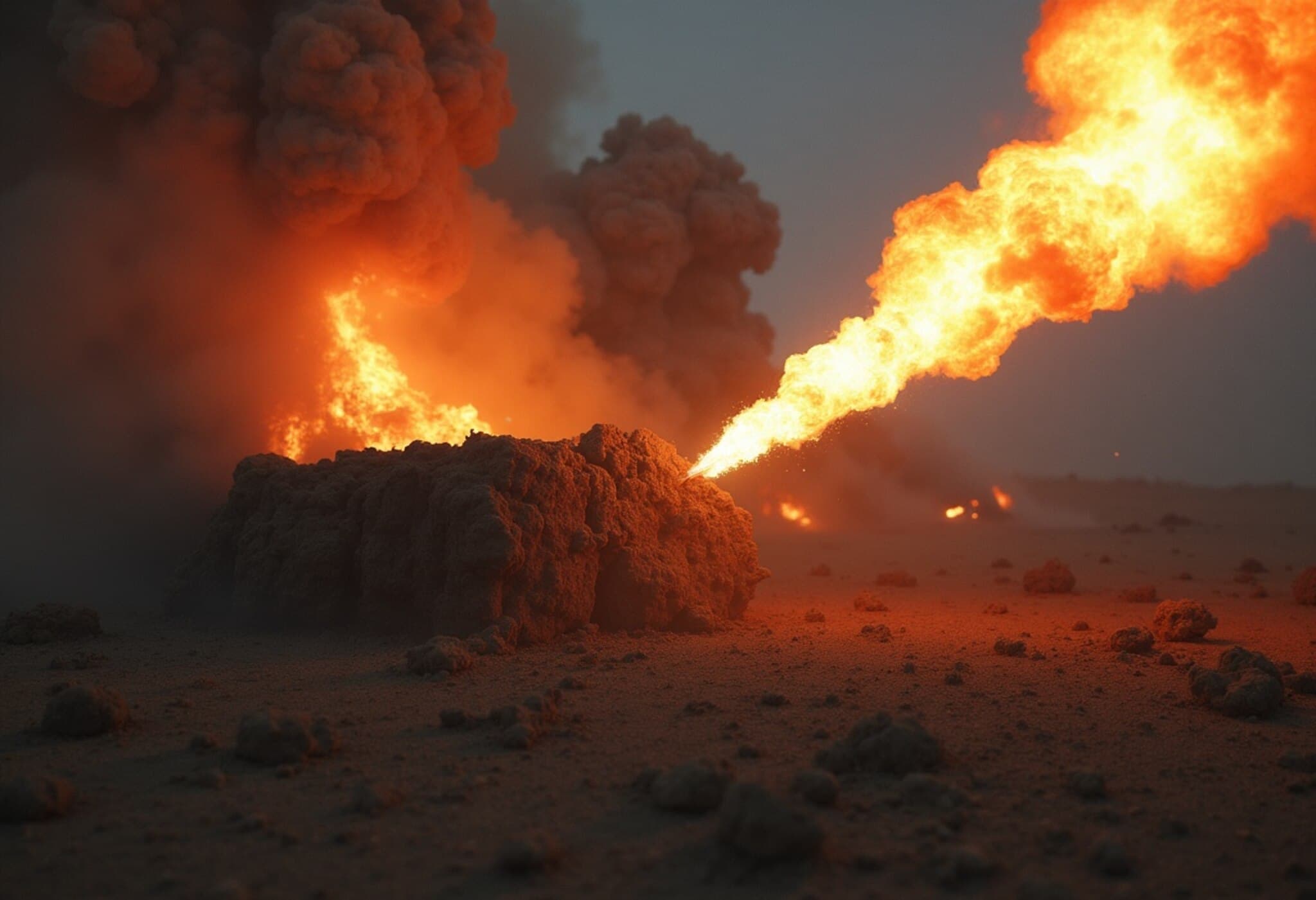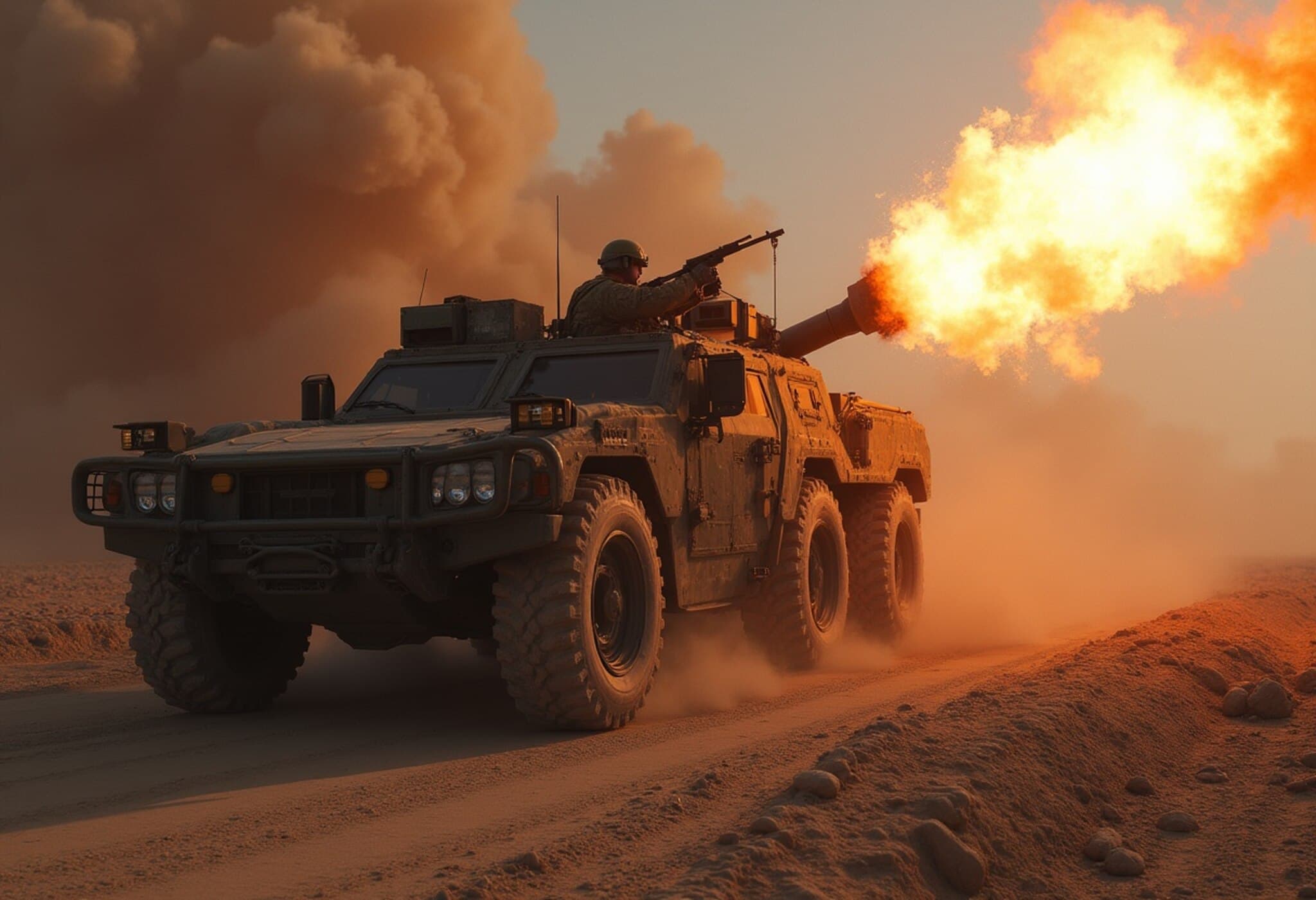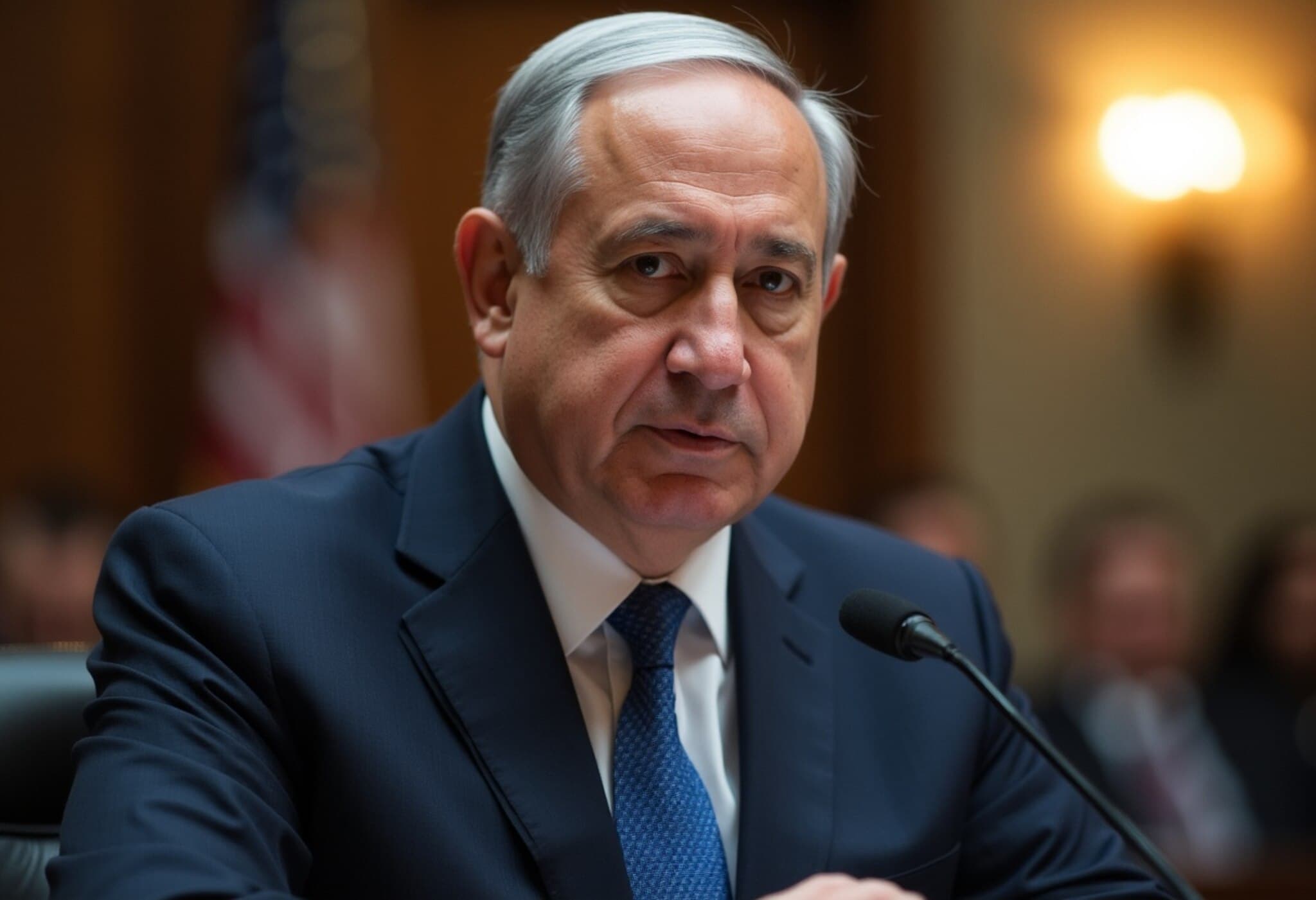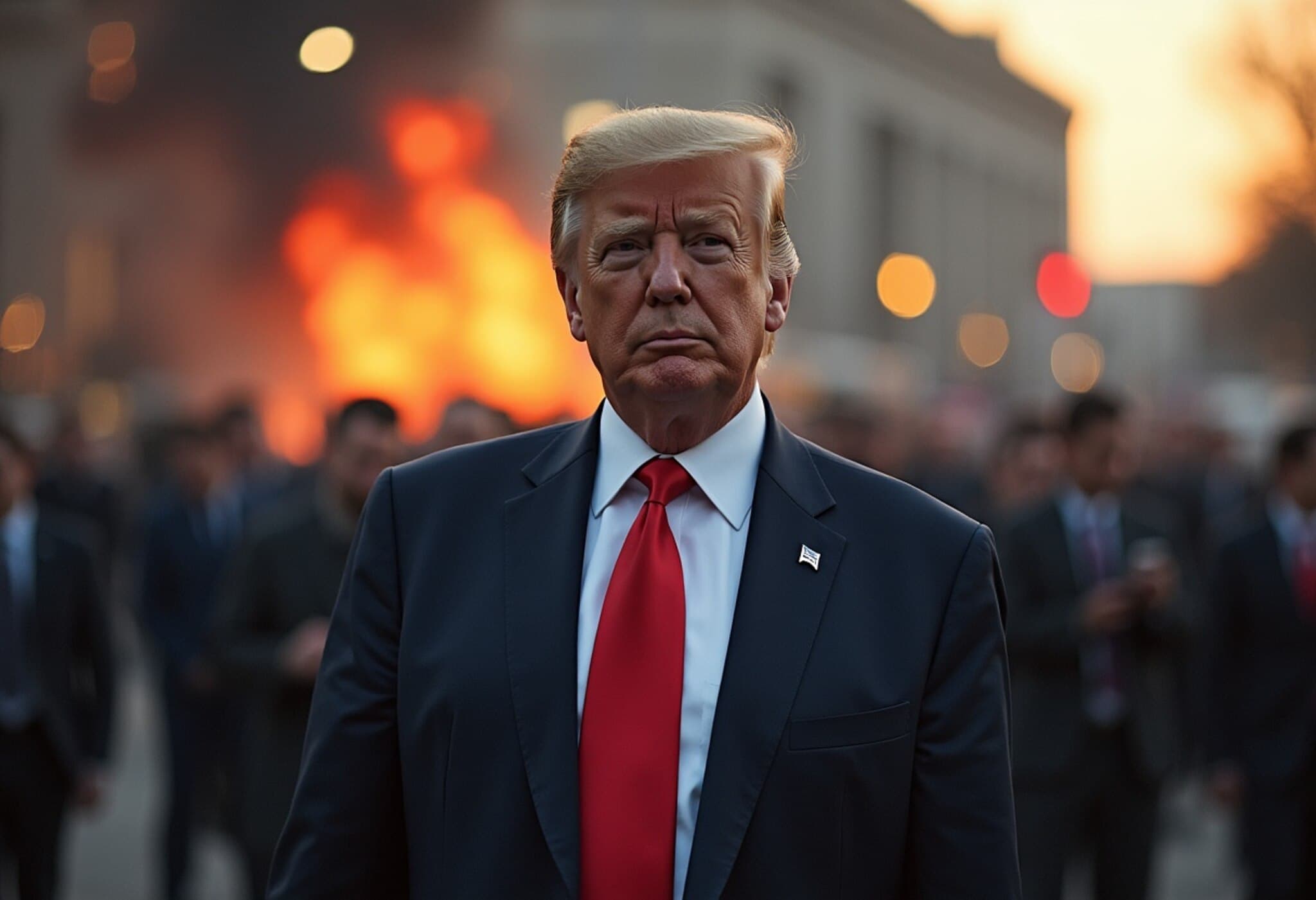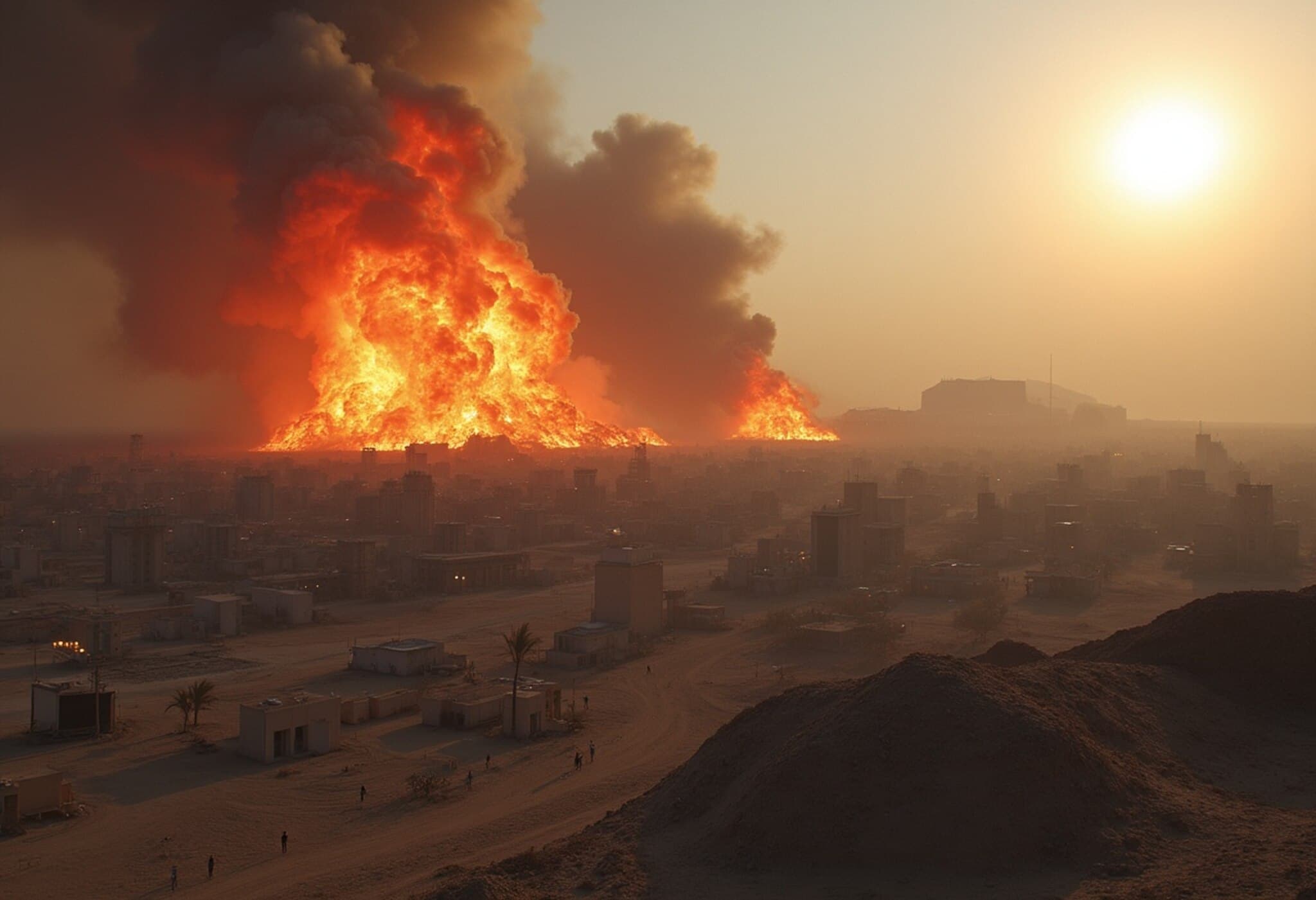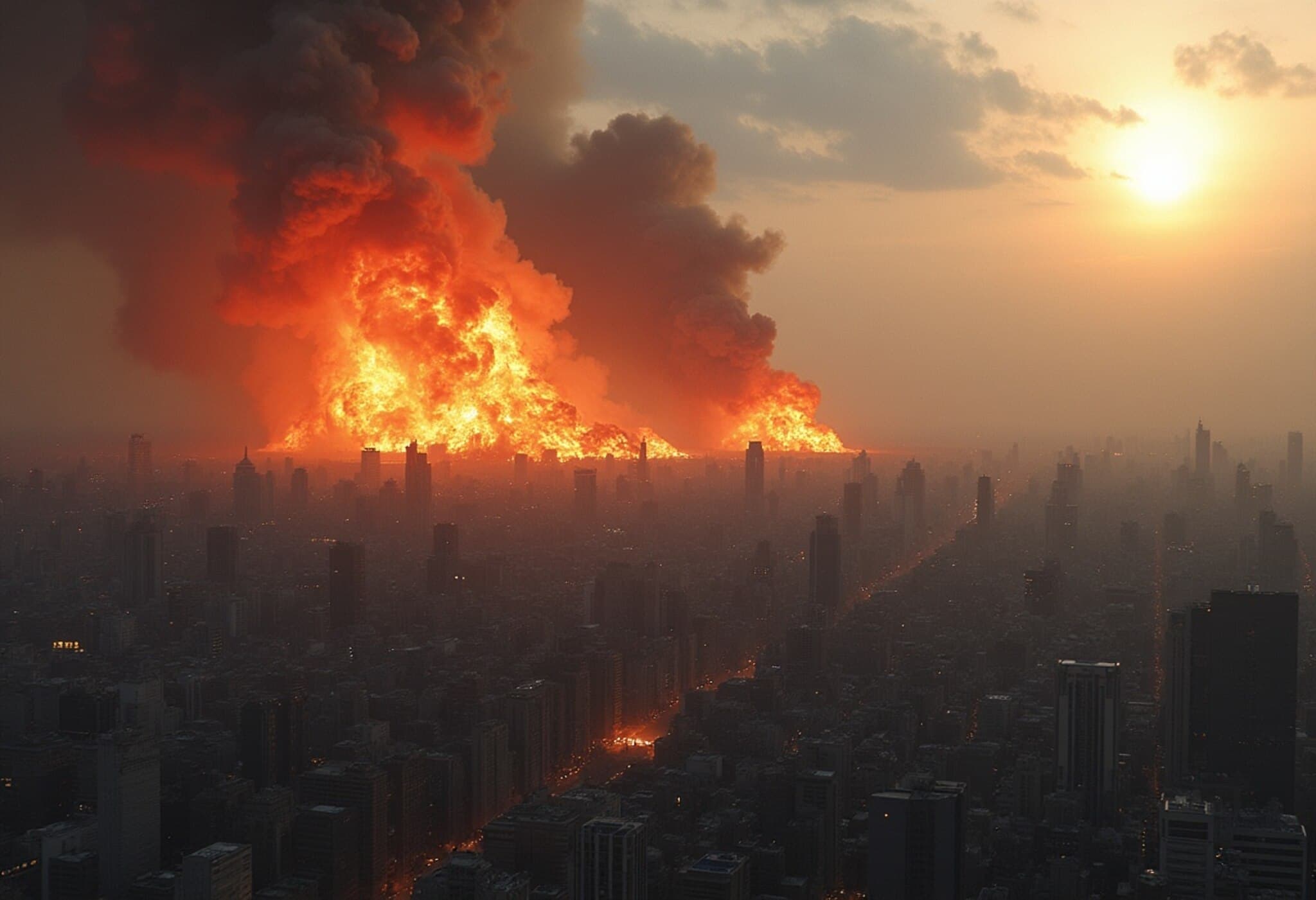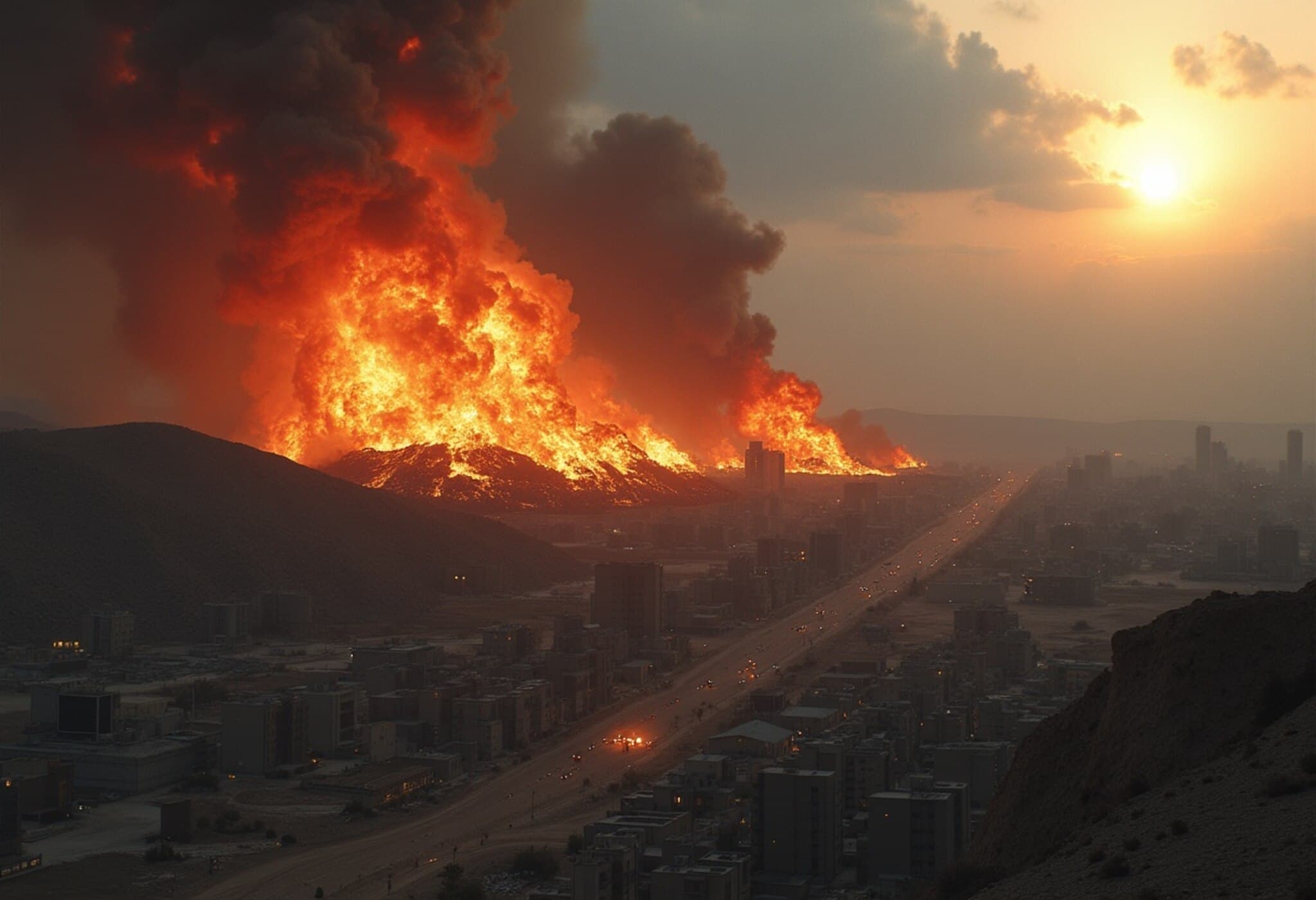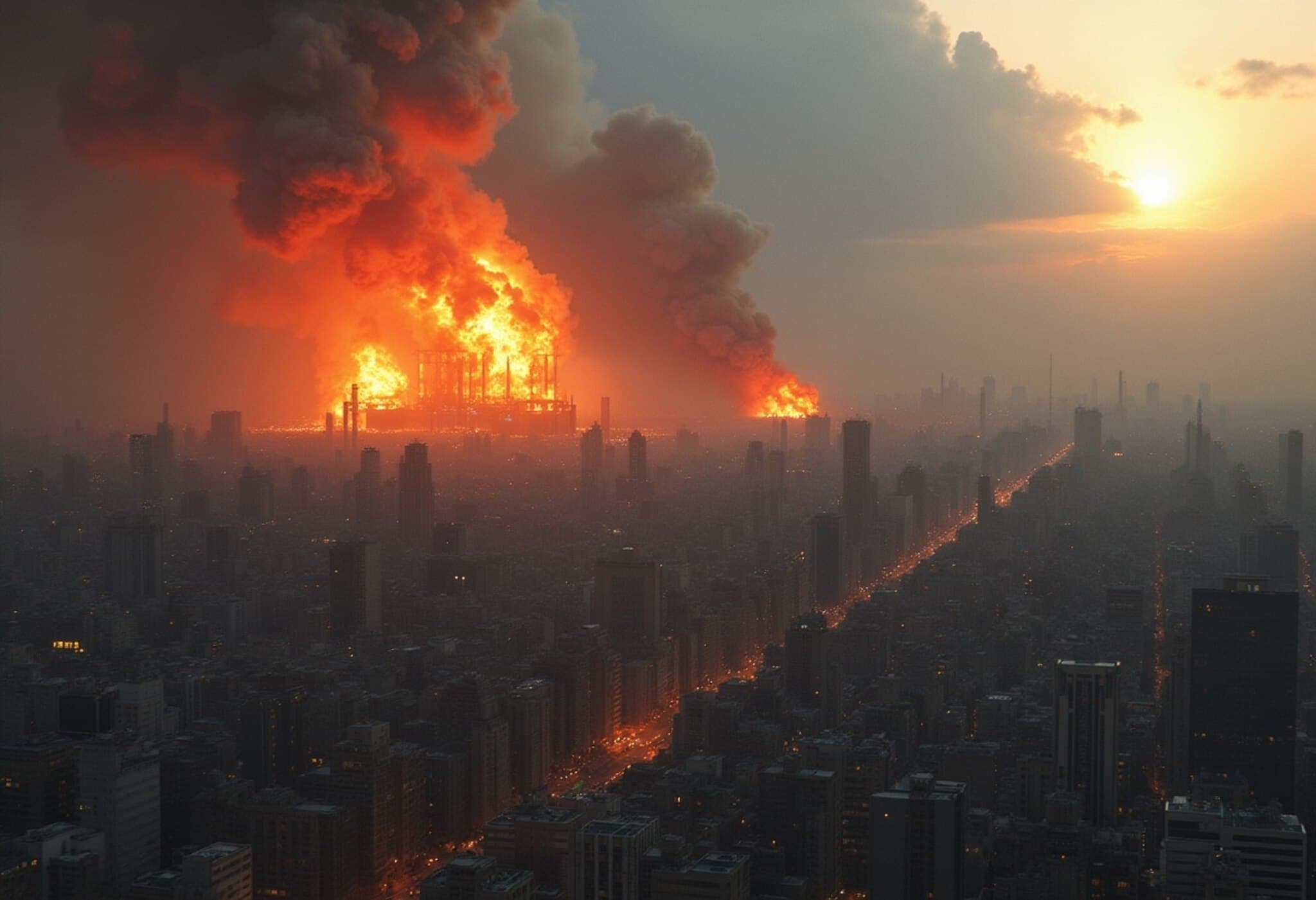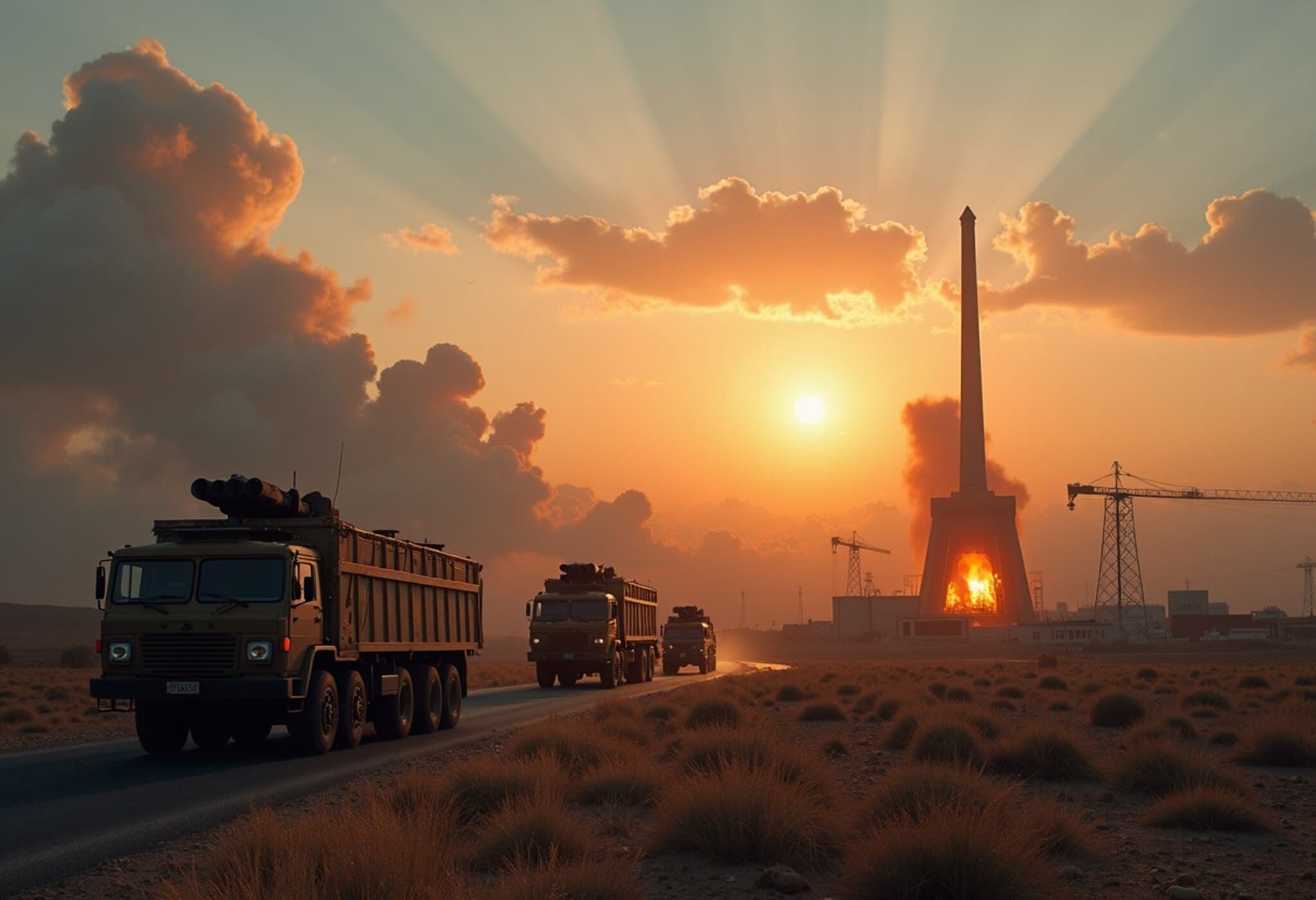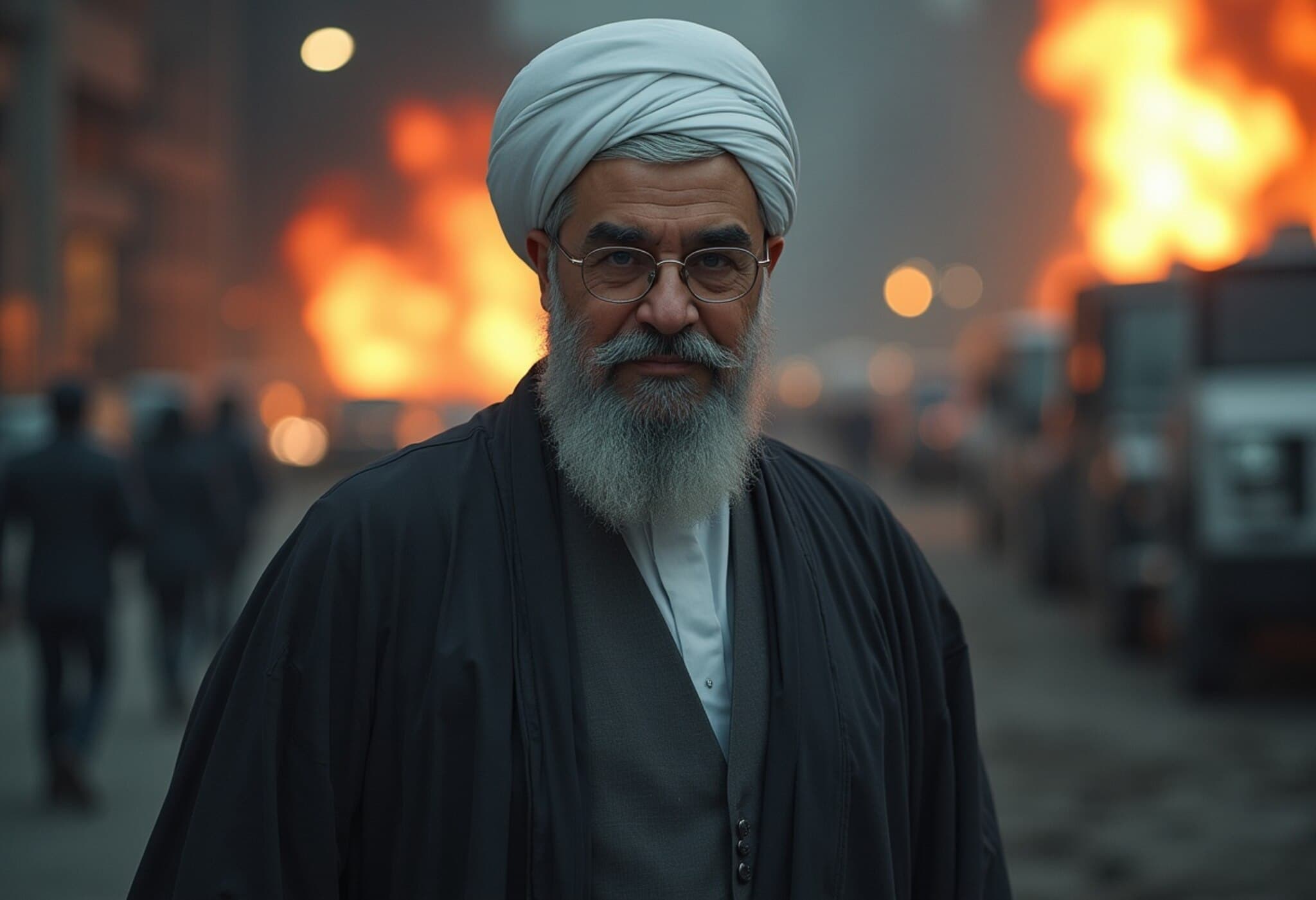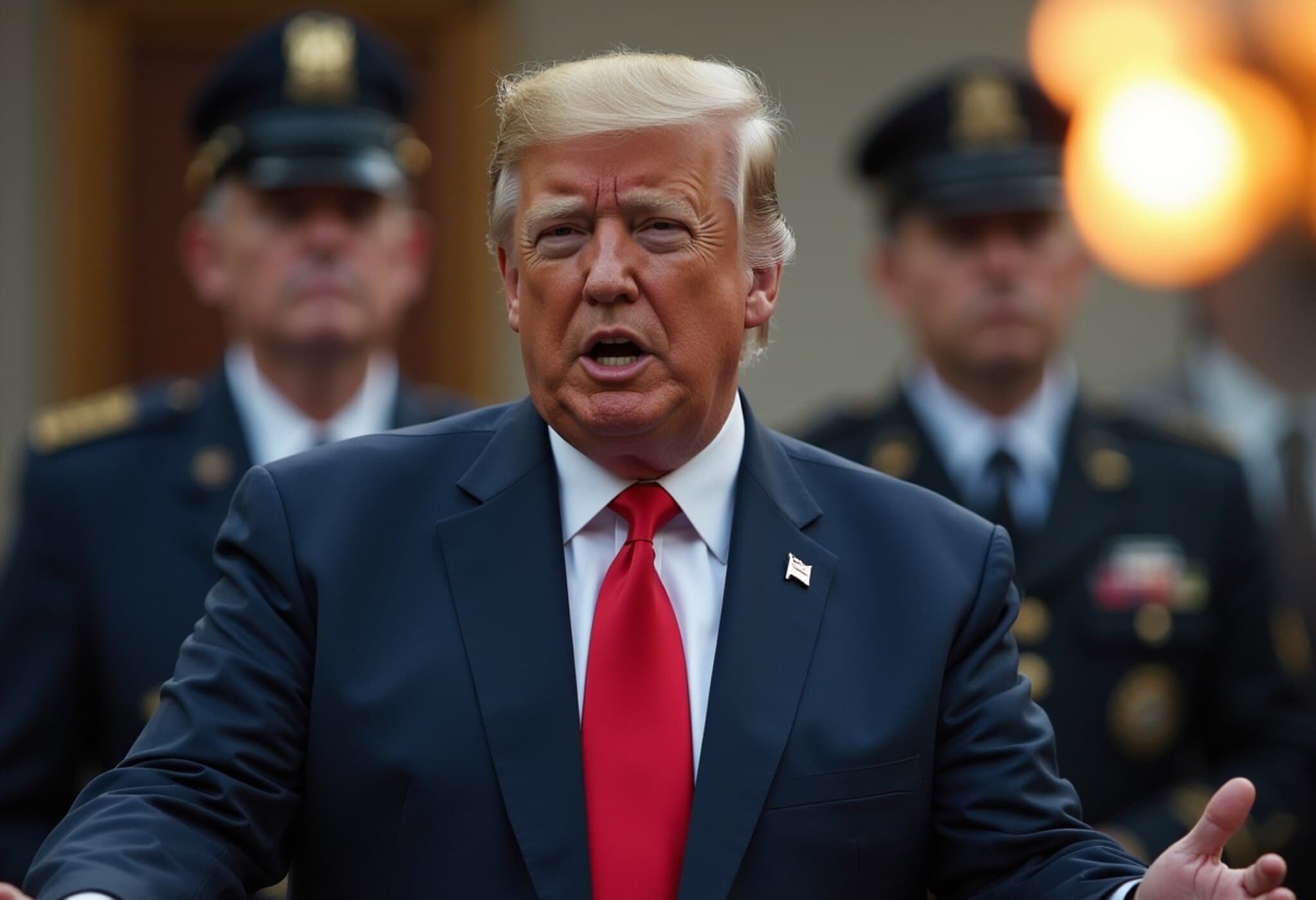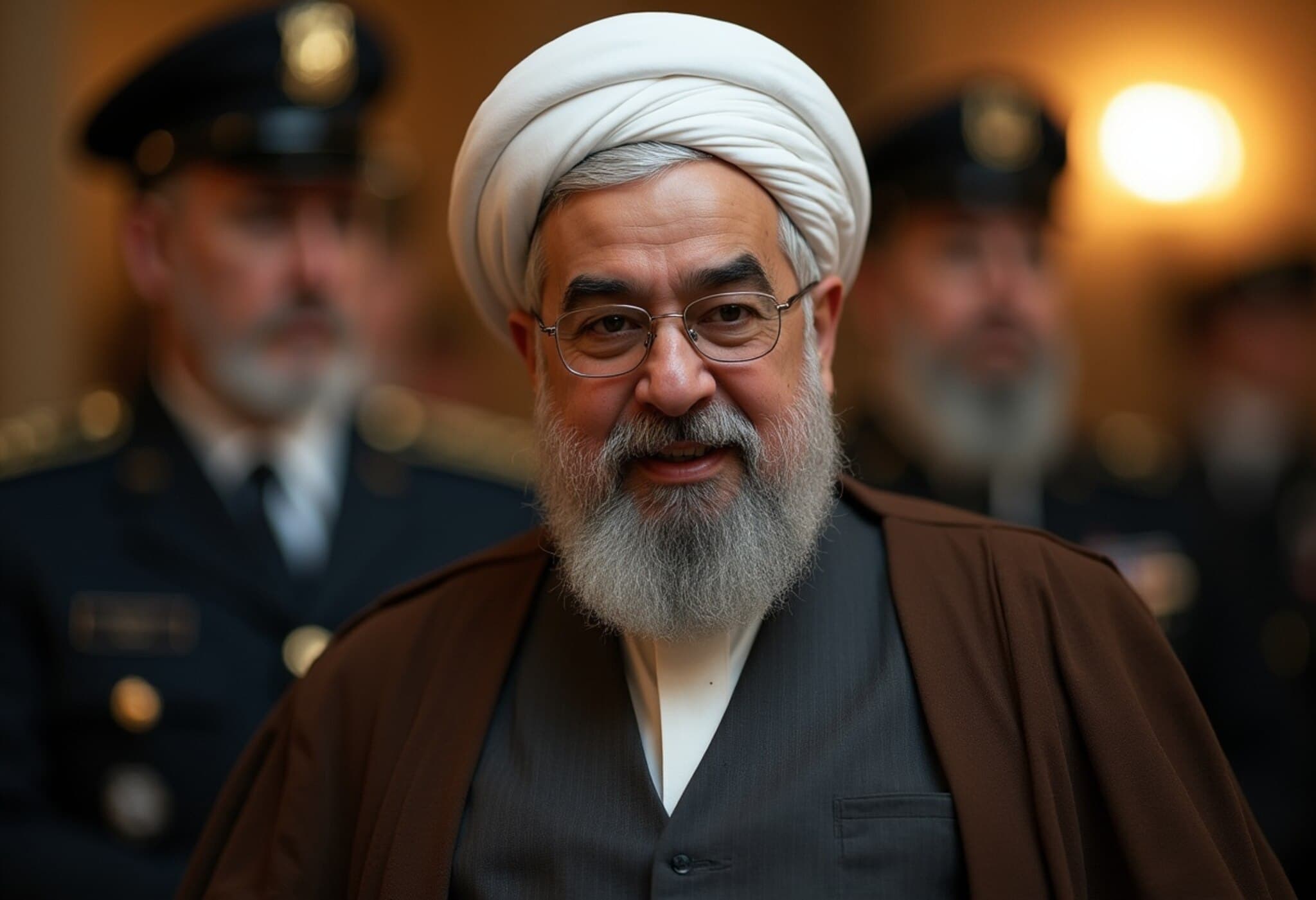US Refutes Claims of Iran Relocating Uranium Prior to Strikes
The US government has strongly rejected reports suggesting that Iran moved roughly 400 kilograms of enriched uranium in anticipation of recent military strikes on its nuclear sites. The controversy has raised questions about the true impact of the attacks and whether critical nuclear materials were hidden elsewhere within Iran's vast territory.
Details of the Airstrikes and Their Aftermath
In a series of precision operations, the US deployed 14 GBU-57 bunker-buster bombs—each weighing approximately 13,600 kilograms—targeting three Iranian nuclear facilities, including the heavily fortified Fordo site, nestled inside a mountain. The White House asserts that these strikes buried the uranium under extensive rubble, effectively neutralizing the threat.
Despite these claims, initial classified assessments indicated that while the strikes delayed Iran's nuclear program by several months, they fell short of completely dismantling it. This assessment has fueled debate over the effectiveness of the operation and the true condition of Iran’s nuclear capabilities.
White House and Officials Respond
White House Press Secretary Karoline Leavitt emphasized that US intelligence had not observed any movement of enriched uranium before the strikes, countering media reports suggesting otherwise. "The material is buried under miles of rubble," she stated, underscoring the operation’s success.
Vice President JD Vance offered a more cautious stance, noting the administration’s intention to engage Iran diplomatically concerning the enriched uranium in the weeks ahead.
The International Atomic Energy Agency’s Role and Concerns
The International Atomic Energy Agency (IAEA), which monitors nuclear materials globally, reported it lost track of this enriched uranium the moment hostilities erupted. While its chief stressed that the material hasn’t been definitively hidden or lost, the agency’s limited visibility adds to the opacity surrounding Iran’s nuclear inventory.
Iran, meanwhile, has considered cutting cooperation with the IAEA following the strikes, complicating international oversight further.
Political Reactions and Future Implications
President Donald Trump vocally condemned media reports that questioned the success of the operation, criticizing networks for what he described as misleading coverage. Alongside this, the US Defense Secretary planned a public briefing highlighting the strike's effectiveness and honoring American pilots involved.
CIA Director John Ratcliffe backed the White House position, citing intelligence from reliable sources confirming significant destruction of Iranian nuclear facilities requiring years to rebuild.
Context on Iran's Nuclear Material
The uranium in question is enriched to around 60 percent purity, surpassing levels needed for civilian energy but still below weapons-grade concentration. While the IAEA has found evidence of Iran’s noncompliance with nuclear obligations, it has not confirmed that Iran is producing a nuclear weapon.
Globally, Israel is recognized as possessing nuclear weapons but maintains ambiguity over its arsenal, and the US remains the only country to have used nuclear arms in warfare.
Conclusion
The dispute over enriched uranium's whereabouts combined with contrasting assessments of the airstrikes' impact highlights the complexities in monitoring and countering Iran’s nuclear ambitions. While the US insists on the strikes' success, lingering uncertainties continue to fuel geopolitical tensions and calls for vigilance.



